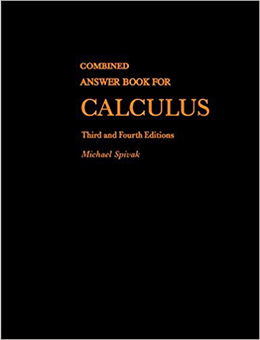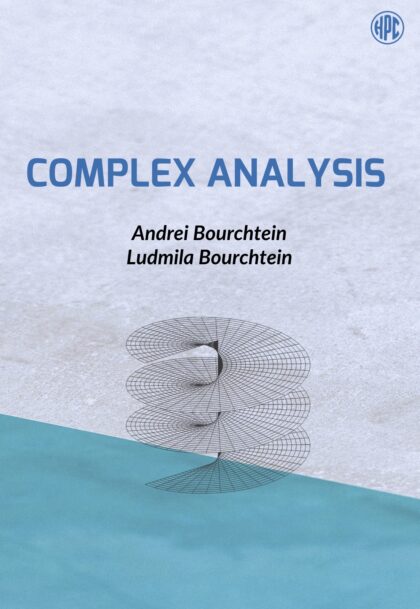About The Book
The book proposes another approach for Physics, based on a two-dimensional geometric model in accordance with Plato’s methodology, which the philosopher had propositioned to his students for the study of Nature. The novelty of the book lies in the fact that from this geometric model, and through one to one correspondences between the equations of simple geometric objects and the equations of the elementary physical entities, all the fundamental theories of Physics, such as Classical Mechanics, Maxwell’s equations, Special Relativity, Quantum Mechanics, and Einstein’s Equations of General Relativity are produced. In addition to unifying the theories of Physics, the book interprets many issues that have not been answered so far, for example, why elementary particles appear in three generations, why the proton does not decay, why there is a wave function “collapse” during the metering process, and so on.
About the Author
Constantinos Krikos holds a Ph.D. degree by the University of Athens. He was a research fellow for many years at the Democritus Research Center where he dealt with issues of Solid State Physics among other issues. After completing his doctoral thesis on “Spin Density Fluctuations in the Electron Gas”, Krikos served at the Ministry of Education of Greece as a consultant for secondary school teachers. His main duties were application of new methods to teach physics courses, both at the theoretical and experimental levels. During the examination period for admission of candidates to the Universities of Greece, he was responsible for Physics issues. He is a writer of Physics books that are used in the Greek educational system, along with research articles published in various international scientific journals.
Table of Contents
Chapter 1: The allegory of the cave
Chapter 2: Seeking the geometrical model
Chapter 3: The Delian problem
Chapter 4: Axiomatic foundation
Chapter 5: Foundation of Classical Mechanics
Chapter 6: Foundation of Special Relativity
Chapter 7: Foundation of Electromagnetic Theory
Chapter 8: Foundation of Quantum Mechanics
Chapter 9: Special Relativity-Quantum Mechanics
Chapter 10: Correlations of conics with particles
Chapter 11: The EPR paradox
Chapter 12: Differential forms on manifolds
Chapter 13: The simplest complex structures
Chapter 14: The structure of the nucleons
Chapter 15: Reality and geometric model
Appendices:
A1: Conic sections
A2: The hypothesis of dark matter
A3: Curvature of the Universe
A4: The method of moving plane
A5: Introduction to differential forms
A6: Affine connections-geodesic equation
A7: Holographic principle
Only logged in customers who have purchased this product may leave a review.







Reviews
There are no reviews yet.